The next time you start to remove weeds from the yard, keep in mind that these Beneficial Weeds in a Garden have many advantages!
While many people love to pick out weeds to keep gardens safe and clean, there are many that can be useful. These weeds are the pioneers of ecological succession and here are some of the most Beneficial Weeds in a Garden that you must plant and keep!
Important Weeds for the Garden
Weeds have many positive aspects to deliver when they are grown in a controlled manner. Here are the topmost important weeds you should keep.
1. Common Purslane
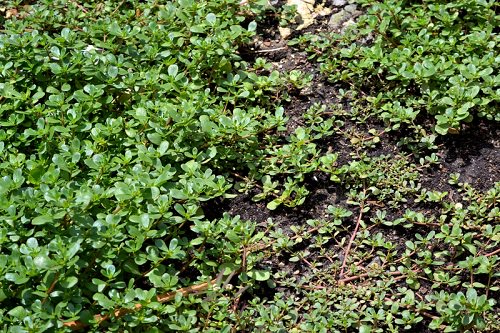
Botanical Name: Portulaca oleracea
This succulent plant is known to grow quite tall for a weed, often reaching the impressive heights of 30-40 centimeters. Its leaves have been found to contain a wide range of nutrients, antioxidants, and even vitamins.
2. Chickweed
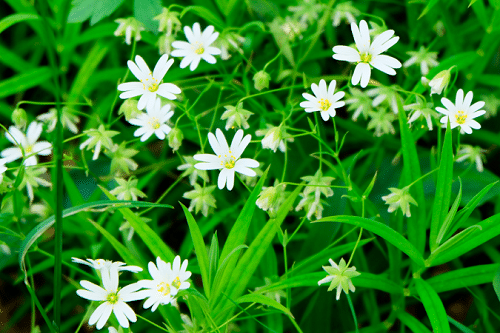
Botanical Name: Stellaria media
This small plant is eye-catching because of its appearance, and also has multiple uses. The tender shoots of the plants are edible and go well with salad greens. Chickweed is also used as a folk remedy for many conditions, including asthma, blood disorders, conjunctivitis, and obesity. It also attracts pollinators in the garden.
3. Chicory
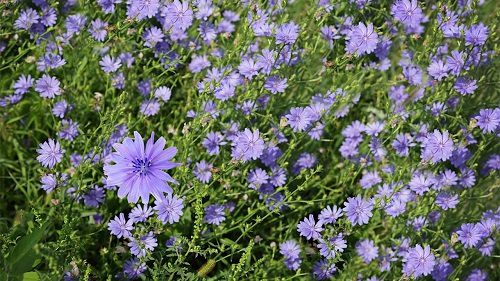
Botanical Name: Cichorium intybus
Not only it has attractive periwinkle-blue flowers, but the plant also has a variety of culinary and medicinal purposes. Its root infusions have a coffee-like taste with no caffeine content. The plant also serves as a nutritious forage crop for livestock.
4. Curly Dock
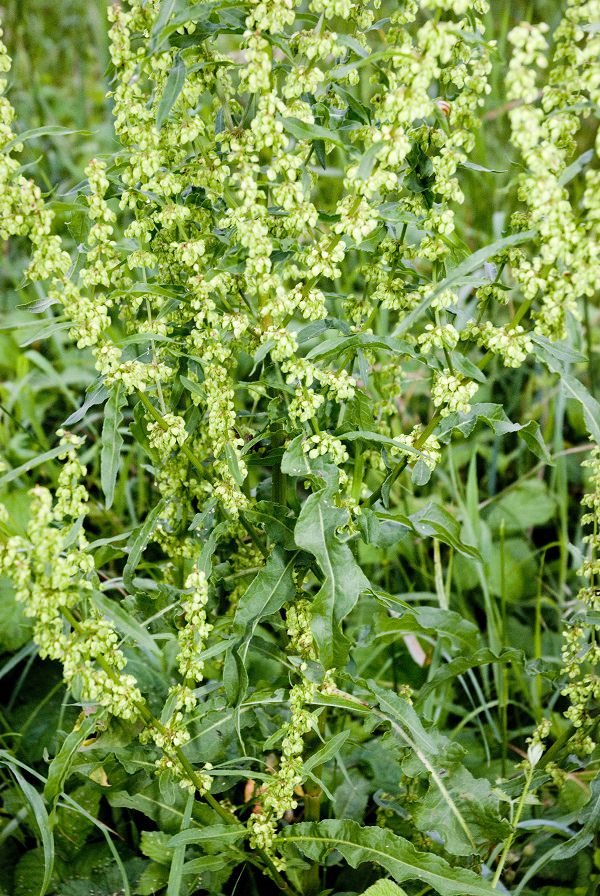
Botanical Name: Rumex crispus
Known to have spread from Europe and Asia, this leafy weed is hailed as the ultimate healing plant. Its extracts are highly effective against constipation, fever, diseases of the gall bladder, and swollen lymph nodes. The roots are also used in homeopathic remedies.
5. Daisy
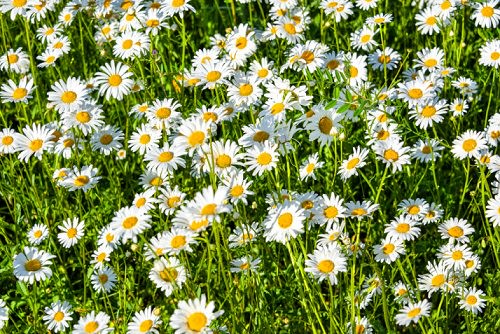
Botanical Name: Bellis perennis
Daisy, a common flower, does not really get the reverence it deserves for its astringent, and anti-inflammatory properties. Most of its parts have medicinal properties, and the petals can even be eaten raw and fresh.
6. Dandelion
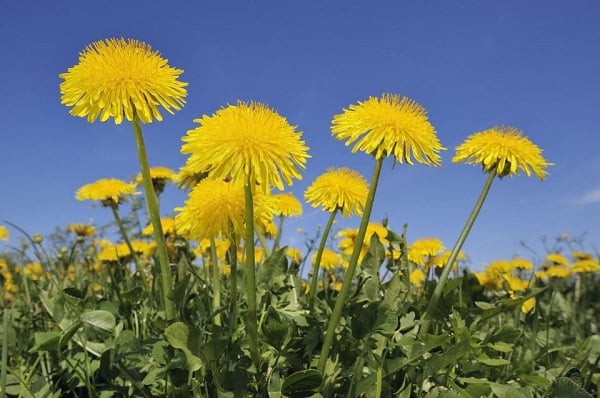
Botanical Name: Taraxacum
If you have a weed with yellow petals bringing cheer to your compound, then chances are that its dandelion. It comes with a ton of vitamins, all the way from A to D. In addition to that, it is also rich in minerals like iron and zinc.
7. Garlic Mustard
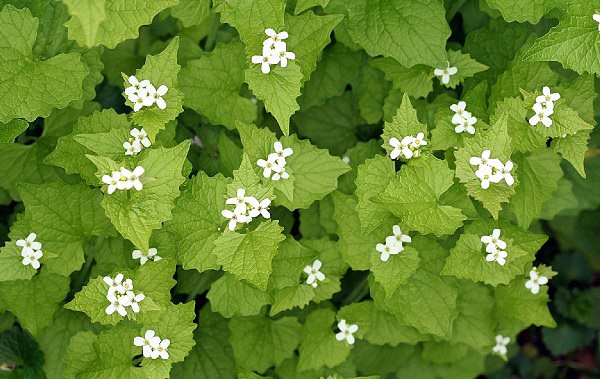
Botanical Name: Alliaria petiolata
Considered an invasive type here in North America, this plant tends to have myriad health benefits. If you are looking to manage your weight, keep your cholesterol levels low, or even keep your immunity in check, this is the weed to have! It is one of the most Beneficial Weeds in a Garden.
8. Elderflower
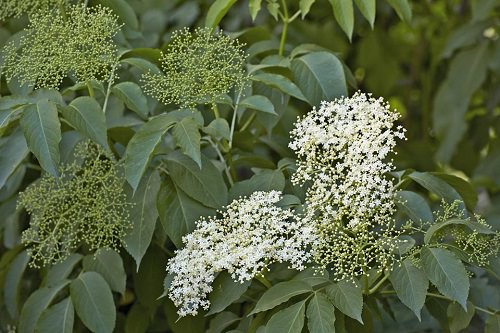
Botanical Name: Sambucus
This is less of a weed and more of a wild tree. The flowers blossom in the thick of spring. Studies indicate that the plant is effective against influenza, common cold, and fever.
9. Common Mallow
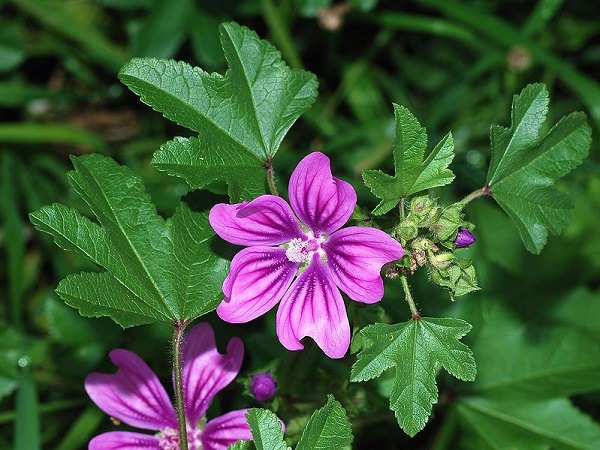
Botanical Name: Malva neglecta
This plant exists in a wider group of weeds, famously known as the Malvaceae family. Mallow works toward the rejuvenation of cells and boosting immunity. Thanks to its high mucilage content, it helps in curing the inflammation of the urinary, digestive, or respiratory systems.
10. Plantain
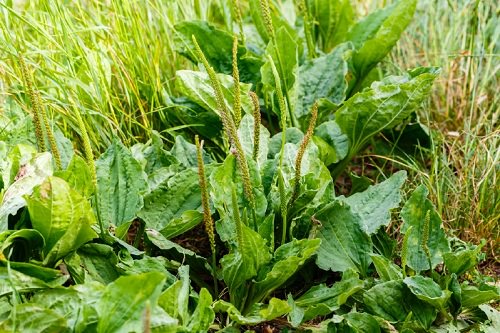
Botanical Name: Musa × paradisiaca
Plantain is a weed with a long leaf that broadens in the middle and thins out toward the end. The name in this case does not apply to the common fruit from the Caribbean. Plantain extracts are helpful in the treatment of burns, stings, and open wounds.
11. Red Clover
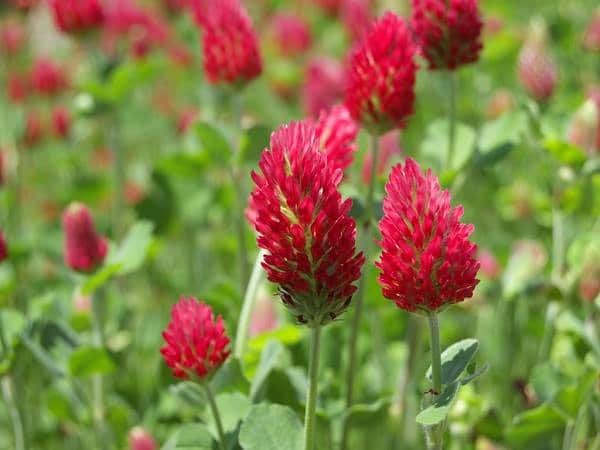
Botanical Name: Trifolium pratense
This one is supposed to bring about good vibes, but with the proven medicinal quality of its extracts, you do not need luck. Red clover lowers the risk of cardiovascular diseases and even helps stave off the effects of menopause for women.
12. Stinging Nettle
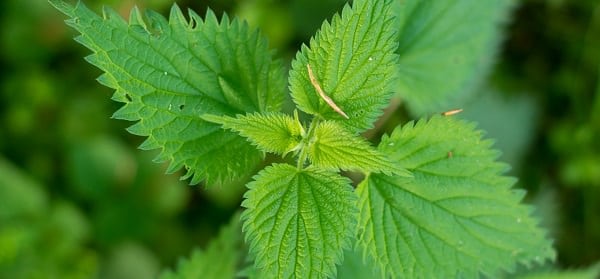
Botanical Name: Urtica dioica
This is an evergreen weed with somewhat of a reputation in alternative medicine circles. It has sharp bits that prick the skin, so watch out when picking. Stinging nettle is good against urination issues and hay fever.
13. Wild Garlic
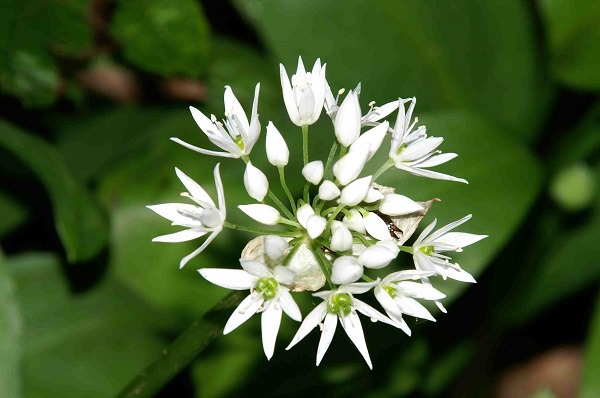
Botanical Name: Allium ursinum
This weed stands out because of its impressive white flowers and delicate shoots. It can serve as an alternative to onions and is even used as an ingredient of soups. Wild garlic also has antiseptic and antifungal properties.
14. Wood Sorrel
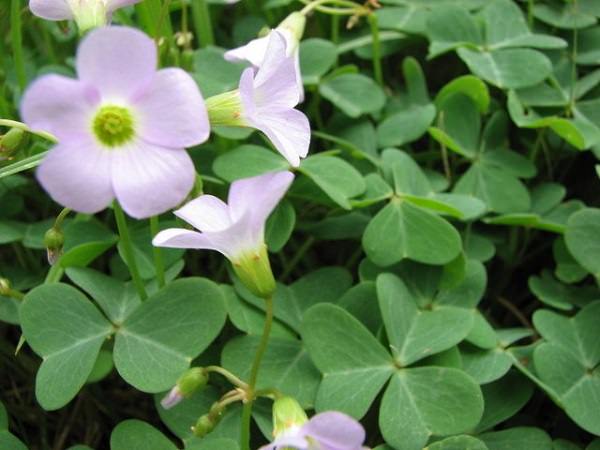
Botanical Name: Oxalis
This weed is distinguishable by its yellow flowers and heart-shaped leaves. Its flowers, leaves, and seedpods are handy if you are looking to cleanse your blood or get relief from disorders of the urinary tract.
15. Amaranthus
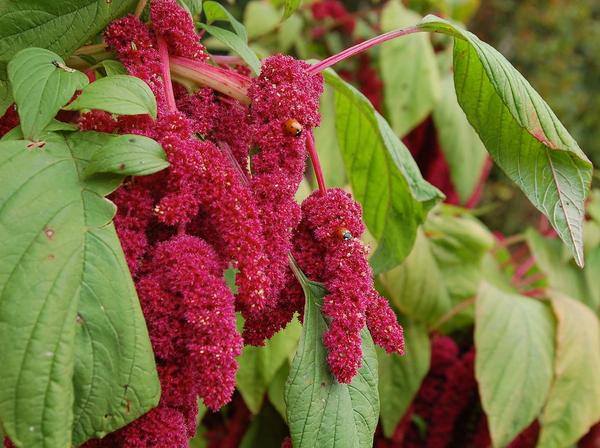
Botanical Name: Amaranthus viridis
Commonly known as wild amaranth, it is an annual weed that blossoms in the summer. Its leaves and seeds come packed with vitamins and minerals that aid growth and development. Farmers are routinely encouraged to grow and use this weed, as it is inexpensive to maintain.
16. Field Pennycress
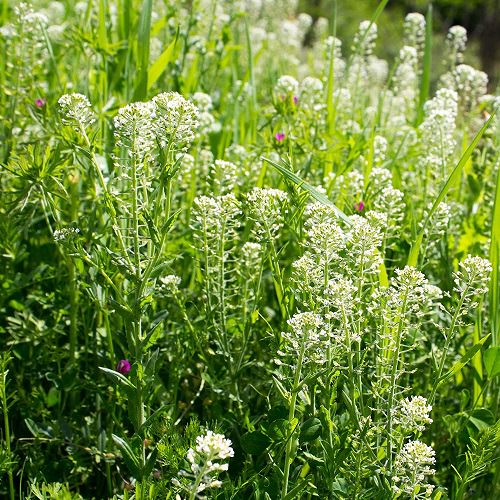
Botanical Name: Thlaspi arvense
This weed will not exactly form part of your diet, but it finds use in other areas. It holds soil firmly together, preventing erosion, leaching of minerals, or even infestation of important plants by other weeds that tend to choke them.
17. Mugwort
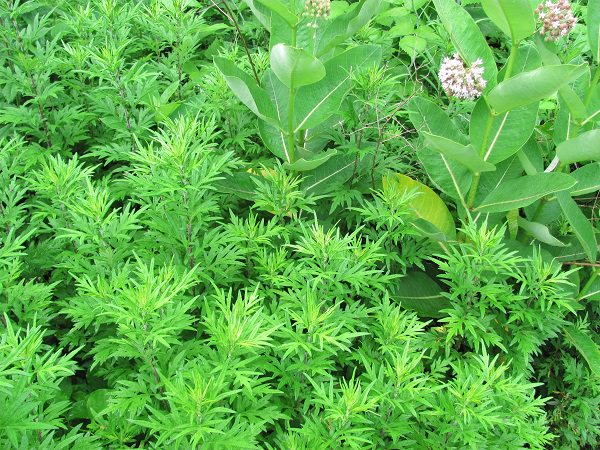
Botanical Name: Artemisia vulgaris
If this one exists in your lawn, you will find it hard to get rid of, as it has an intricate rhizome setup. Turns out that this is a blessing in disguise because the plant is friendly to the environment, keeping the soil structure around it intact. Its extracts also help in digestive problems.
18. Kang Kong
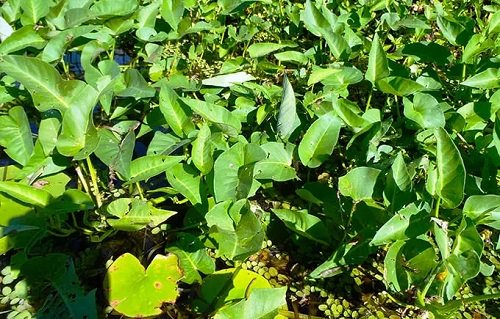
Botanical Name: Ipomoea aquatica
Kang Kong is considered a weed in some places. But in many parts of south-east Asia, it is a very common and popular vegetable. It tastes best in salads and you can also stir fry it. This weed is a rich source of magnesium, phosphorous, calcium, manganese, iron, copper, vitamins C and K, and zinc.


